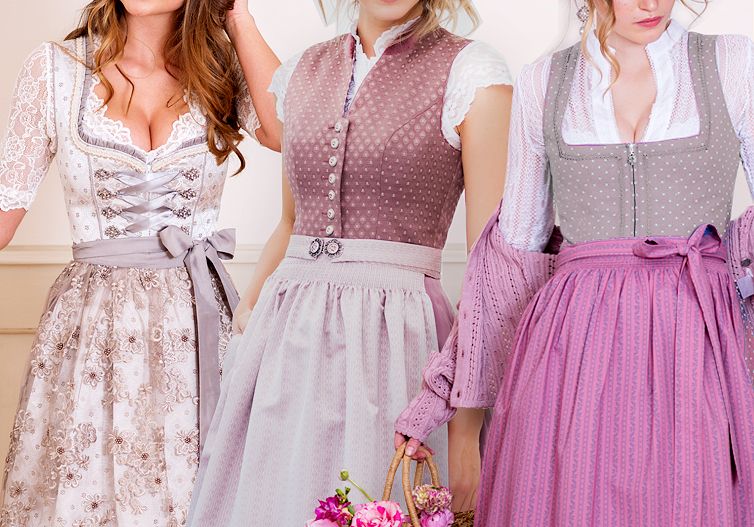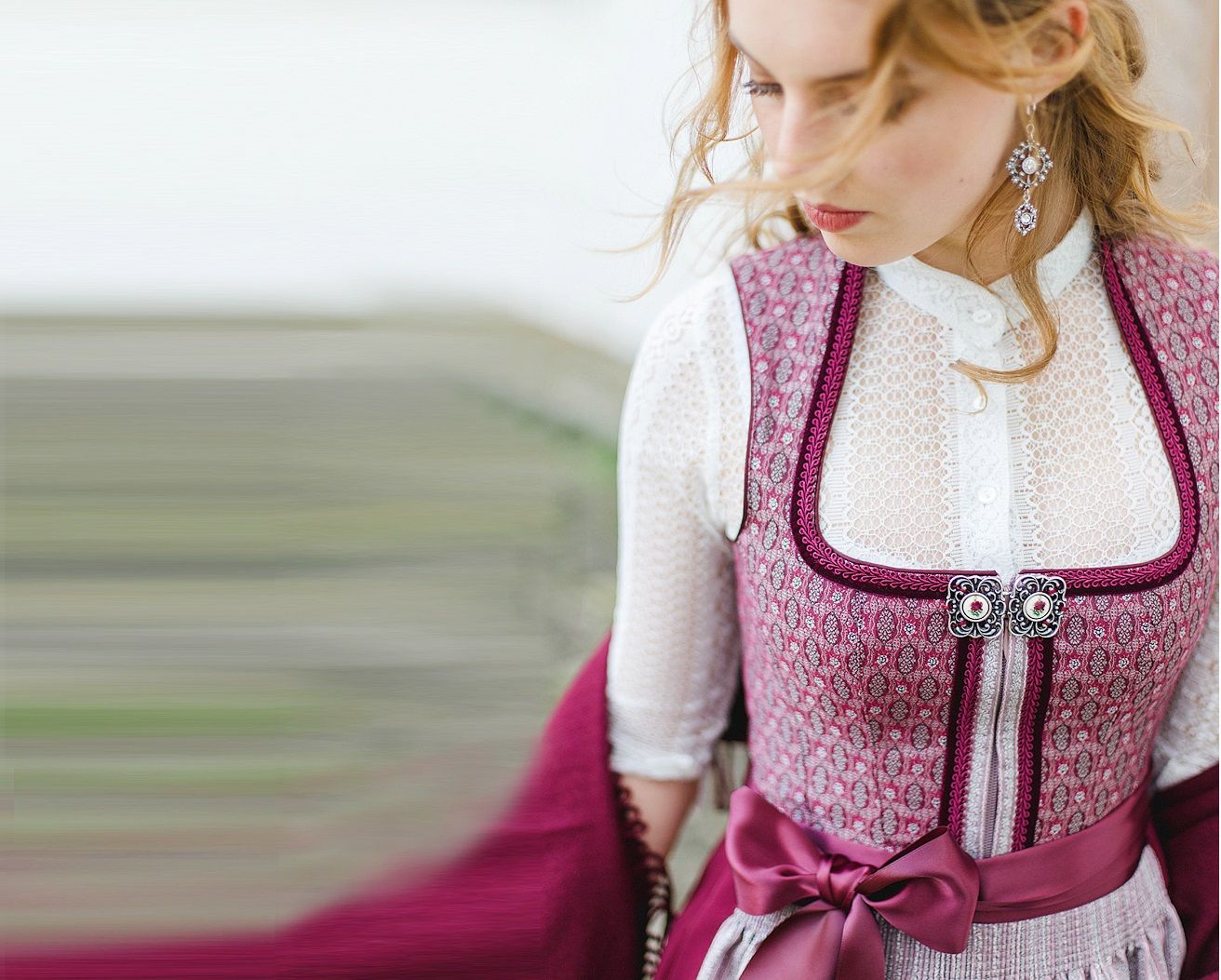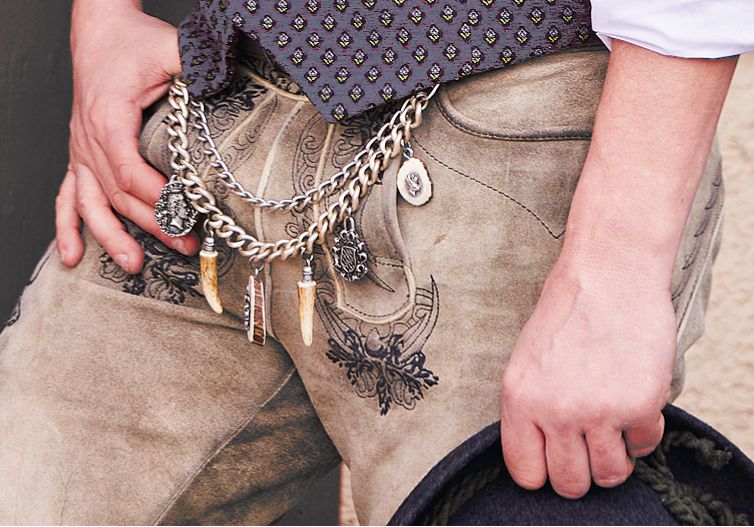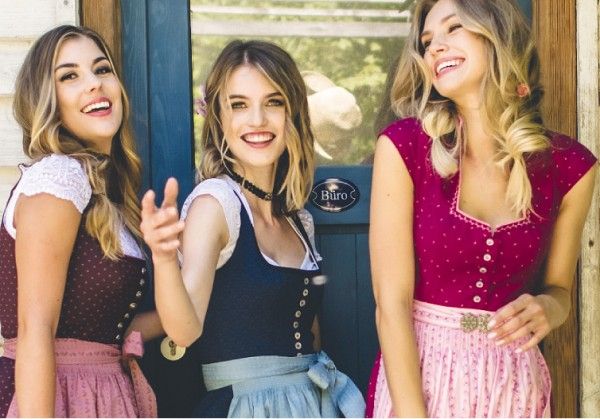The importance of traditional costume clubs and festivals in the preservation of tradition
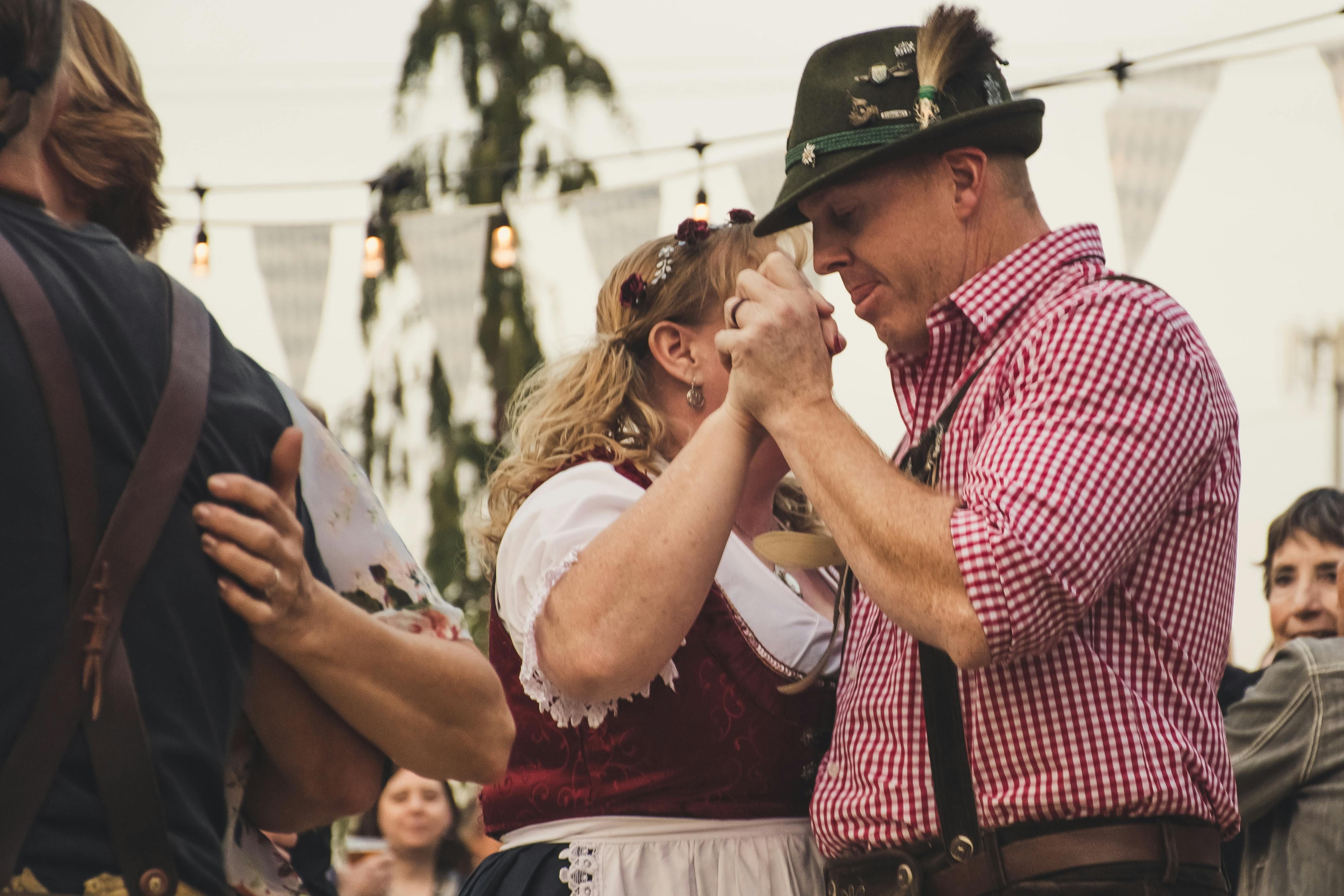
In times of global trends and fast-changing fashion, traditional attire for clubs is much more than just clothing – it is a symbol of identity, tradition, and community. Traditional attire clubs preserve and promote regional customs, fostering awareness of cultural heritage. Trachten as club attire not only reflect regional differences but also tell stories of heritage and the unity of their wearers. Without the dedicated efforts of these clubs, a valuable part of our cultural legacy would be lost.
Traditional Attire Clubs: Origins and History
The history of traditional attire clubs dates back to the late 19th century. At that time, increasing industrialization and urbanization threatened to overshadow rural lifestyles and regional traditions. In response, a movement emerged to preserve customs and regional club attire. In 1883, the first organized traditional attire club was founded in Bayrischzell, Bavaria. This club laid the foundation for many more across Bavaria and beyond. Today, around 2,200 traditional attire clubs exist in Germany, including approximately 800 clubs with about 165,000 members in Bavaria alone.
Traditional Attire as the Heart of Club Identity
For a traditional attire club, Trachten clothing is far more than just a recognizable symbol. It forms the heart of the club’s identity, representing the connection to the region and its traditions. Every piece – whether a dirndl, lederhosen, or handcrafted accessories – tells its own story. It reflects the heritage and pride of its members. Colors, patterns, and materials showcase regional craftsmanship and long-standing traditions passed down through generations. Traditional attire clubs actively work to preserve and maintain their costumes, ensuring this valuable cultural heritage remains alive.
Especially during festivals and public appearances, wearing the club’s traditional outfit together strengthens members’ sense of belonging. At the same time, these outfits help showcase the uniqueness of their culture to outsiders.
The Significance of Traditional Festivals as Club Highlights
Traditional festivals are key events in club life, offering an opportunity to publicly present their club’s attire. These gatherings highlight the diversity and significance of Trachten clothing while reinforcing cultural values through collective performances. Competitions like “Preisplattln” (a Bavarian folk dance contest) and “Dirndldrahn” (a traditional dance performed by women in dirndls) bring energy to the club experience and encourage friendly exchanges among different groups. Many young people are drawn to these festivities, often finding their first connection to cultural traditions in this way. As such, traditional festivals serve as important catalysts for carrying forward the legacy of Trachten into the future.
Societal Relevance of Traditional Attire in Clubs
Traditional clothing in clubs goes beyond simply preserving customs. It strengthens cultural identity and unites people across generations. By maintaining regional attire and accessories, these clubs help preserve traditional craftsmanship and support local economies. They provide a platform for people of all ages, fostering a shared sense of belonging. Additionally, traditional festivals like Oktoberfest and Wasen are popular tourist attractions, drawing visitors and boosting cultural tourism in rural areas.
Traditional Attire in Clubs: Modern Developments and Challenges
Today, traditional clubs face the challenge of balancing tradition with modern influences. While preserving customs and regional attire remains their primary mission, contemporary approaches are becoming increasingly important. Many clubs are embracing modern communication channels, such as social media, to engage younger generations in Trachten culture. Especially in youth outreach, new formats are needed to make traditions both lively and accessible. Throughout this evolution, maintaining the authenticity of traditional attire remains a priority. Striking the right balance between tradition and innovation is an exciting yet demanding task, requiring adaptability to remain relevant in an ever-changing society.
Traditional Clubs as Living Guardians of Cultural Heritage
Traditional clubs and festivals play a crucial role in preserving and maintaining our cultural heritage, particularly traditional attire. They serve as guardians of regional customs, fostering a strong sense of belonging that connects people across generations. Through the preservation and presentation of traditional clothing, dances, and music, these clubs keep cultural diversity alive while passing down values and traditions.
Traditional clubs are not only dedicated to preserving traditional attire but also to safeguarding the craftsmanship and skills used in making dirndls, lederhosen, and accessories. By passing on these traditions to younger generations, they ensure that this cultural heritage remains an integral part of everyday life.
Are you a member of a traditional club and looking for a new outfit? At MOSER Trachten, we offer complete attire solutions for clubs and musicians – backed by years of experience and expert craftsmanship. Contact us today for personalized advice!


